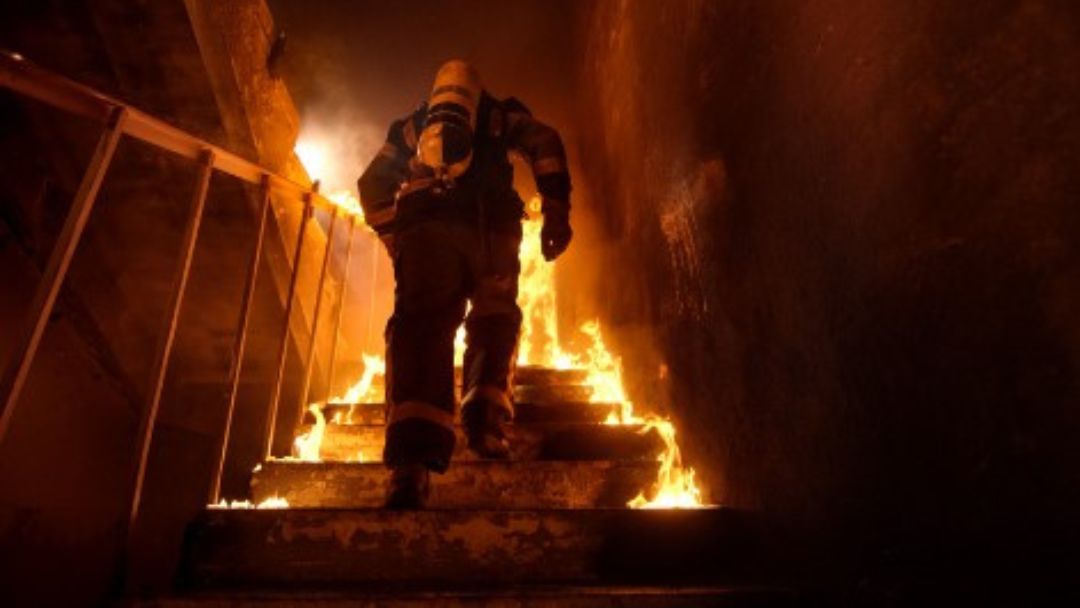In the dynamic landscape of safety measures, flame retardant fabrics emerge as a critical component, ensuring security in various industries and environments. This article explores the significance of flame retardant fabrics in enhancing security, their applications, and the pivotal role they play in safeguarding individuals and assets.
The Crucial Role of Flame Retardant Fabric in Security
Flame retardant fabrics are designed to resist or delay the spread of flames, making them an essential safety feature in environments where fire hazards are prevalent. The security they provide extends beyond immediate protection from flames; it encompasses the prevention of potential injuries, property damage, and even the preservation of life flame retardant fabric ensure security.
Key Attributes Ensuring Security:
- Fire Resistance: The primary function of flame retardant fabrics is their ability to resist ignition and slow down the spread of flames. This crucial attribute significantly reduces the risk of injuries and fatalities in fire incidents.
- Durability and Longevity: Flame retardant fabrics are engineered to withstand the rigors of various environments. Their durability ensures that the protective properties persist through repeated use and exposure to harsh conditions.
- Smoke and Toxic Gas Reduction: Beyond the flames, the combustion of materials can release smoke and toxic gases, posing additional threats to individuals. Flame retardant fabrics often mitigate these risks by minimizing smoke generation and toxic gas emissions.
- Versatility in Applications: These fabrics find applications across diverse industries, including oil and gas, construction, automotive, military, and the event and entertainment sector. Their versatility makes them a go-to solution for ensuring security in a wide array of settings.
Applications Across Industries: Enhancing Security in Varied Environments
1. Oil and Gas Industry:
In the oil and gas sector, where workers face potential fire hazards, flame retardant fabrics are integral. Protective clothing made from these fabrics ensures the security of workers operating in environments prone to combustible materials.
2. Construction and Architecture:
Flame retardant fabrics play a pivotal role in enhancing security in construction by being incorporated into curtains, drapes, and upholstery. In the event of a fire, these fabrics contribute to containing the flames and minimizing damage.
3. Military and Defense:
The military and defense sectors prioritize security, and flame-resistant textiles are a staple for protective uniforms and gear. These fabrics provide a crucial layer of safety for personnel operating in high-risk environments.
4. Automotive Industry:
In the automotive industry, flame retardant fabrics contribute to security by being used in the manufacturing of interiors. This ensures a higher level of safety for vehicle occupants in the event of a fire-related incident.
5. Event and Entertainment Industry:
In the event and entertainment sector, flame retardant fabrics are employed for stage curtains, backdrops, and costumes. By reducing the risk of fire-related accidents, these fabrics contribute significantly to the security of performers and audiences alike.
Conclusion: Safeguarding Lives and Assets
Flame retardant fabrics stand as a testament to innovation in ensuring security in diverse environments. Beyond their fire-resistant properties, their durability, versatility, and widespread applications make them indispensable in safeguarding lives, assets, and the continuity of operations. As industries continue to prioritize safety, flame retardant fabrics remain at the forefront, providing a secure foundation in the face of potential fire hazards.
Get Access Now: https://bit.ly/J_Umma
FAQs About Flame Retardant Fabrics and Security
- Q: How do flame retardant fabrics enhance security in the oil and gas industry?
- A: Flame retardant fabrics enhance security in the oil and gas industry by providing protective clothing for workers exposed to potential fire hazards, ensuring their safety.
- Q: What role do flame retardant fabrics play in the military and defense sectors?
- A: In the military and defense sectors, flame-resistant textiles provide a crucial layer of safety, offering protective uniforms and gear for personnel operating in high-risk environments.
- Q: How do flame retardant fabrics contribute to security in the automotive industry?
- A: In the automotive industry, flame retardant fabrics contribute to security by being used in the manufacturing of interiors, ensuring a higher level of safety for vehicle occupants in fire-related incidents.
- Q: Can flame retardant fabrics be customized for specific applications?
- A: Yes, reputable manufacturers offer customization options, allowing businesses to tailor flame retardant fabrics to specific applications and industry needs.
- Q: Why are flame retardant fabrics considered versatile in enhancing security?
- A: Flame retardant fabrics are versatile because they find applications across diverse industries, providing security in environments prone to fire hazards, such as construction, military operations, and the event and entertainment sector.




